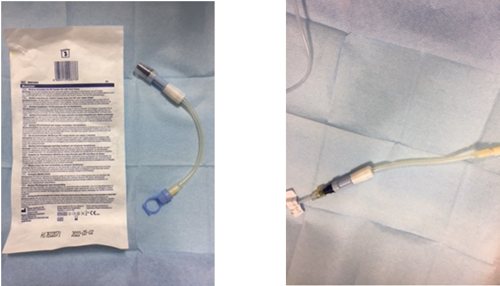Renal replacement therapy is an important supportive measure used in paediatric intensive care for the management of Acute kidney injury (AKI). Whilst extracorporeal renal replacement therapies, such as haemofiltration/haemodiafiltration are the more commonly used modality, peritoneal dialysis is still a useful, safe and inexpensive procedure. 1,2,3,4
Advantages:
P/D in paediatrics has several advantages over extracorporeal therapies and includes the following: the peritoneal surface area in paediatric patients is greater than that of adults, thus P/D can result in a more efficient solute clearance than that of P/D in adult patients. 5 P/D is a dynamic dialysis and more physiological process, resulting in less pro-inflammatory consequences than that of Haemodialysis, for example. This continuous process, allows gradual solute and fluid removal, is safe, and is well tolerated cardiovascularly in the critically ill child. 1, 4 Finally, P/D is technically far simpler than using extracorporeal renal replacement therapies, as it requires minimal infrastructure support and can be performed by the majority of PICU bedside nurses. 2, 4
Disadvantages:
There are limitations to using acute P/D in paediatric intensive care, including the following situations: an intact peritoneal cavity is essential for acute P/D therefore it is not a suitable renal support for those children with conditions such as recent abdominal surgeries, diaphragmatic hernia or paralytic ileus. 5 As ultrafiltration and solute removal can be unpredictable in acute P/D, it is also not the ideal choice for those conditions where fluid balance must be precise and controlled, such as multi-organ failure and shock. Children in these conditions will have poor tolerance of increased peritoneal/abdominal volume from the P/D ‘dwell’ volume and decreased splanchnic perfusion. Thus, effective and rapid correction of any life-threatening fluid and electrolyte problems may be difficult with acute P/D. Finally, there are mechanical complications associated with using acute P/D, including catheter leakage and catheter obstruction which can result in reduction in efficiency of dialysis. 1, 6
Some other associated problems can include risk of hyperglycaemia (from dialysis fluid used) and hypothermia if fluid not warmed.
The decision about what dialysis modality should be used is based upon the child’s clinical condition, the availability of necessary resources and the expertise and skills of the local staff.









































